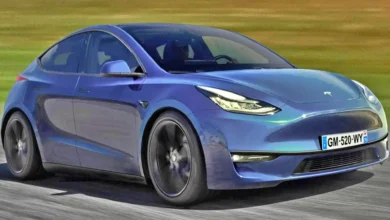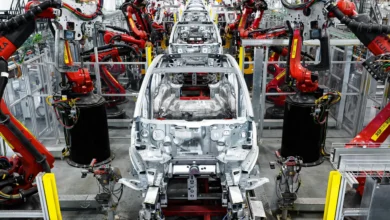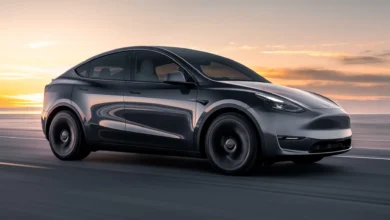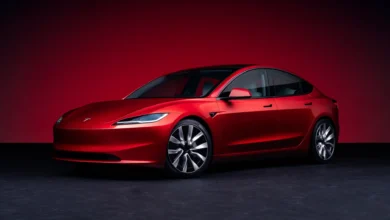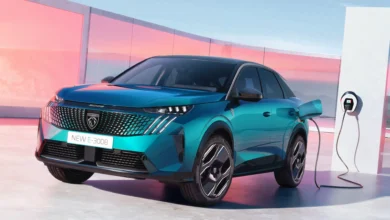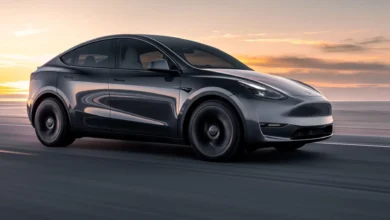
Given the red carpet that the European groups have laid out for its expansion, Tesla does not want to waste this situation and has submitted the documents to receive permission from the German authorities to double the capacity of its Berlin plant.
And is that the growth of Americans in Europe has been unstoppable, something that occurs in a scenario where Tesla only has a locally produced model, the Model Y, with the Model 3 being imported from China or the United States.
Now, Tesla is taking the necessary steps to strengthen its dominance of the local market and has presented plans for the expansion of the Berlin factory. An expansion that we have been able to learn about thanks to the expansion documents and diagrams that Tesla submitted to the government authority and published on the government portal (UVP Verbund).
These plans allow us to have an exact preview of where and how Tesla plans to develop the new production and logistics buildings and other infrastructure.
Giga Berlin expansion: The keys
The most important point is that with this expansion, Tesla hopes to bring the theoretical maximum of the installation of the current 500,000 units per year, to 1 million units per year. It is undoubtedly curious that Tesla doubles its goal before even getting close to the current maximum, which is estimated to be around 250,000 units.
In addition to the increase in annual production capacity, these documents also show us interesting information about the expansion of the photovoltaic system on the factory roof. According to the documents, Tesla is working on building a large 50 MW solar plant, which will also be backed by a 30 MWh battery pack.
An aspect that has gained a lot of importance in recent months due to the galloping race suffered by electricity prices in Germany after the start of the war in Ukraine. A shock from which the Germans have not fully recovered.

But it doesn’t matter if you double the car production capacity if you don’t have enough batteries for them. Tesla is aware of this, which is why it also works in the production of batteries in the Berlin factory.
Tesla currently has a maximum production capacity of 50 GWh. Enough for about 500,000 units per year. Insufficient to meet our own needs, and the documents indicate will grow to 100 GWh.
It is planned that the new building for the production of cars, batteries, and the new logistics areas will be developed on a plot of 0.7 square kilometres. The following labeled diagram of the proposed Giga Berlin construction shows specific areas where Tesla plans to build the new production and logistics zones.
One of the closest followers of the evolution of Tesla’s Berlin factory, Tobias Lindh, explained the diagram in his Twitter post: “ The northern half will include stamping, foundry (very large), body shop (very small), paint shop, production of seats and general assembly. The other half will be used for logistics and there will be a road tunnel in the middle.
The question now is whether there will be enough water to meet production twice the current theoretical maximum. An issue that has gained importance in recent months due to the drought that Europe is suffering. Something on which increased production of cars, and especially batteries, will undoubtedly have an impact.
From Tesla, it has indicated that they are working on a system that allows further optimization of water consumption, and even in a recent presentation, Elon Musk went so far as to indicate that the new phases will not require “not a drop of water more than the current one”.
It also remains to be seen whether there will be demand for a million Model Y a year in Europe. And it is that in 2022, the best-selling car has been the Peugeot 208 with 206,000 units. To gather 1 million units, we would have to add the sales of the first six classifieds last year.
Another piece of information that casts doubt on whether the market is capable of absorbing such a quantity is that in all of 2022, 11.3 million units have been sold among all countries and all models. Something that would mean that Tesla would get a 13% share of sales.
